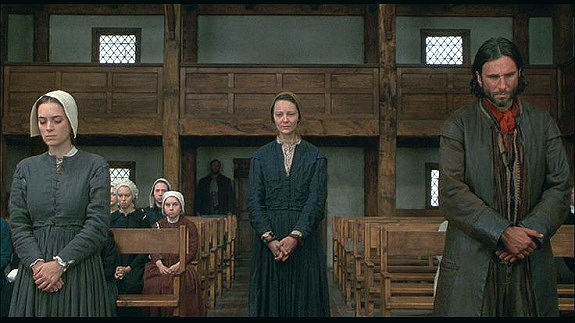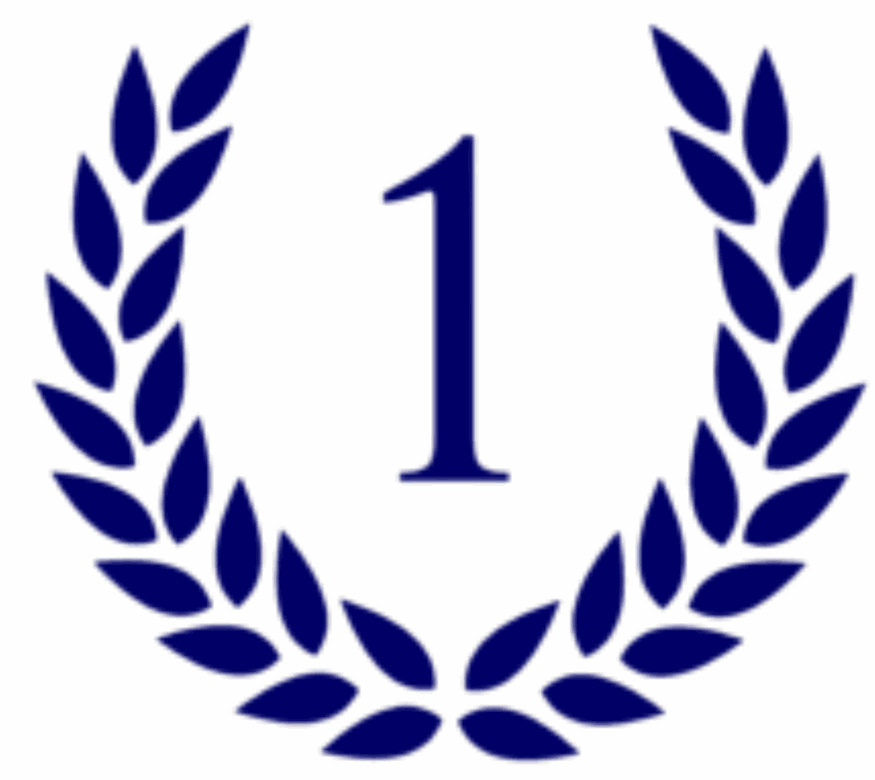
One of the most effective ways to strengthen your literary analysis is to move beyond surface-level commentary and begin weaving technique, context, and meaning into a layered argument. Arthur Miller’s The Crucible offers a strong case study in how writers can elevate their responses by engaging critically with language, form, and broader ideas.
For instance, many students might stop at identifying John Proctor as a tragic hero who dies for his integrity. A more elevated analysis goes further, recognising how Miller patterns Proctor messianically, aligning him with archetypes like Prometheus and Christ. Quoting directly, “and the new sun is pouring in upon her face, and the drums rattle like bones in the morning air”, analysis can highlight how this imagery of dawn and resurrection transforms Proctor’s death into both a personal and symbolic act of renewal. Suddenly, his sacrifice is not just tragic but also redemptive, signalling the collapse of corruption and the possibility of social transformation.
Elevated analysis also involves situating the text in conversation with larger critical frameworks. Rather than only noting that the play evokes “catharsis,” you might compare Miller’s politics with Brecht’s didactic vision of theatre, showing how the work resists passive emotional release and instead calls for active social reflection. By linking Aristotelian and Brechtian frameworks, you demonstrate a deeper awareness of dramatic traditions and their implications.
Ultimately, elevating analysis means asking: what larger ideas does this moment connect to? Instead of simply naming a technique, explore its function, its resonance with broader archetypes, and its political or philosophical implications. By doing so, you transform a basic reading into a sophisticated argument, one that not only interprets the text but also reveals its power to critique, challenge, and inspire.
Allegra Pezzullo

